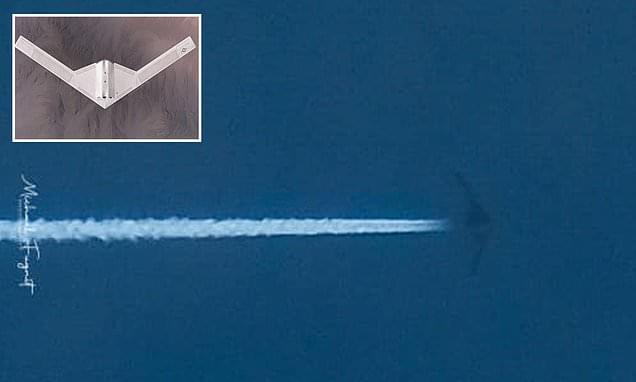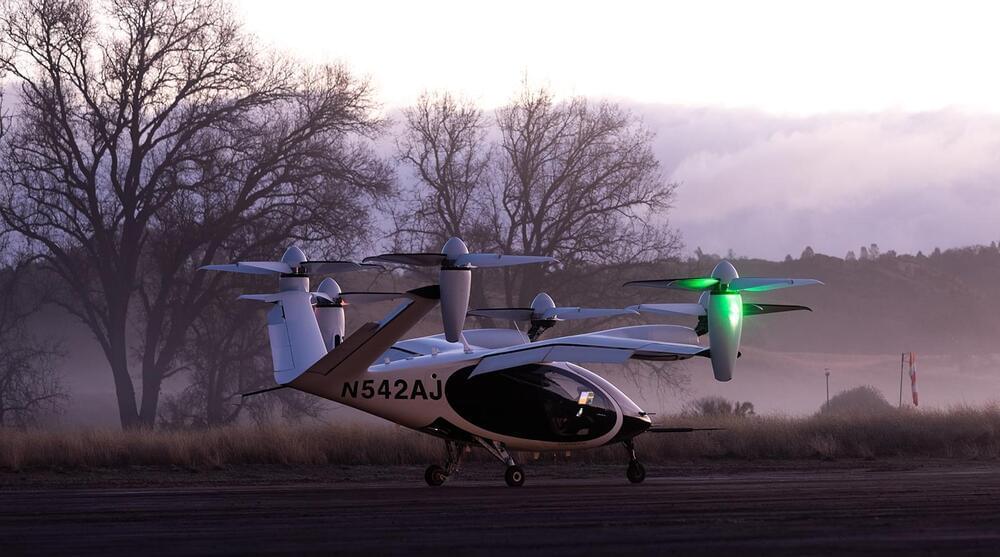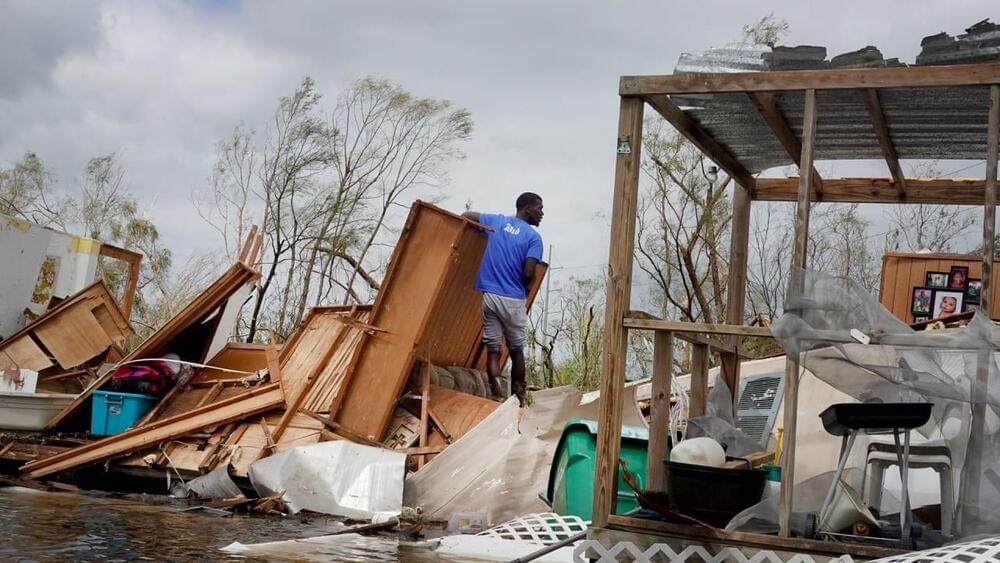Get 20% off your first Mack Weldon order and try out the Daily Wear System when you go to http://www.mackweldon.com/joescott and enter promo code “JOESCOTT” at checkout.
War has been a part of the human experience since the beginning of civilization. But new technologies are changing the face of warfare in ways that we never really expected. From cyberwarfare to autonomous AI-piloted drones to space warfare, the future of war is weird. And terrifying.
Want to support the channel? Here’s how:
Patreon: http://www.patreon.com/answerswithjoe.
Channel Memberships: https://www.youtube.com/channel/UC-2YHgc363EdcusLIBbgxzg/join.
T-Shirts & Merch: http://www.answerswithjoe.com/store.
Check out my 2nd channel, Joe Scott TMI:
https://www.youtube.com/channel/UCqi721JsXlf0wq3Z_cNA_Ew.
Interested in getting a Tesla or going solar? Use my referral link and get discounts and perks:
https://ts.la/joe74700
Follow me at all my places!






